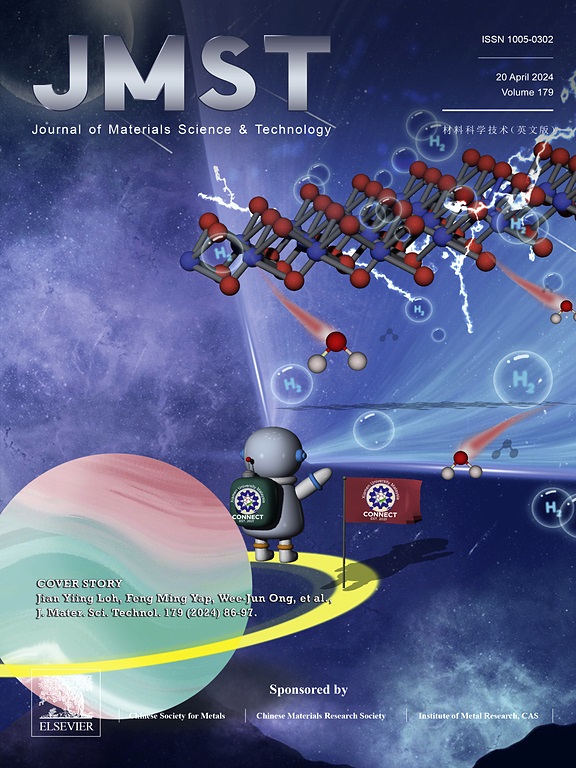Effects of picosecond laser ablation and surface modification on the surface/interface characteristics and removal performance of 4H-SiC
IF 11.2
1区 材料科学
Q1 MATERIALS SCIENCE, MULTIDISCIPLINARY
引用次数: 0
Abstract
Silicon carbide (SiC) is a highly valued material for power semiconductor devices due to its wide bandgap, high thermal conductivity, and high breakdown electric field. However, its high hardness, brittleness, and chemical stability present substantial challenges for efficient and high-quality processing. This study investigated the effects of picosecond laser surface scanning on 4H-SiC to enhance the material removal performance. The research focused on surface morphology, phase transitions, subsurface/interface characteristics, and material removal mechanisms under varying laser parameters. The results demonstrate that the laser thermal effect decomposes 4H-SiC into amorphous silicon (a-Si), disordered carbon, and graphite, forming a resolidified layer containing Si-O and Si-C-O oxides. Crystalline silicon (c-Si) is produced under high fluences or extensive irradiations. The variation in the resolidified layer thickness with changing laser parameters is revealed. A detailed laser-induced subsurface damage model is developed, encompassing a resolidified layer that includes the above decomposition and oxidation products, and a deformed layer formed primarily under laser-induced stress. The presence of the resolidified layer and the deformed layer leads to a decreased elastic recovery rate and an increased scratching depth, exceeding 2.5 times that of the unmodified condition. Enhanced material removal performance is mainly driven by the resolidified layer at low fluence and by the deformed layer at high fluence. When aligning the total of the ablation depth and resolidified layer thickness with the subsurface damage depth in the original material, excellent polishing performance is achieved. These findings provide critical insights for understanding the phase evolution, subsurface damage mechanisms, and material removal behavior of 4H-SiC, offering valuable guidance for optimizing the laser surface modification parameters to achieve high-efficiency processing.

求助全文
约1分钟内获得全文
求助全文
来源期刊

Journal of Materials Science & Technology
工程技术-材料科学:综合
CiteScore
20.00
自引率
11.00%
发文量
995
审稿时长
13 days
期刊介绍:
Journal of Materials Science & Technology strives to promote global collaboration in the field of materials science and technology. It primarily publishes original research papers, invited review articles, letters, research notes, and summaries of scientific achievements. The journal covers a wide range of materials science and technology topics, including metallic materials, inorganic nonmetallic materials, and composite materials.
 求助内容:
求助内容: 应助结果提醒方式:
应助结果提醒方式:


